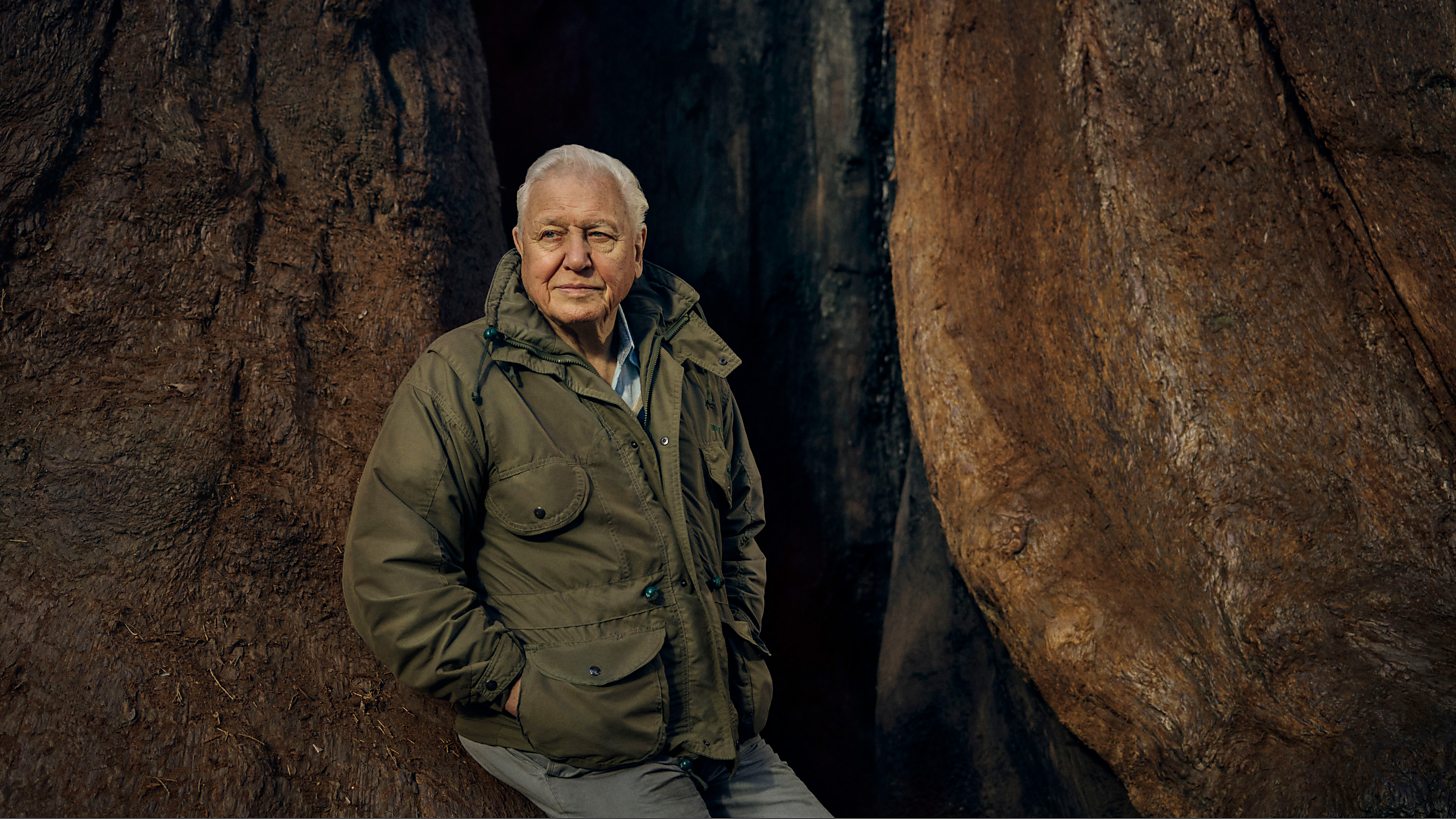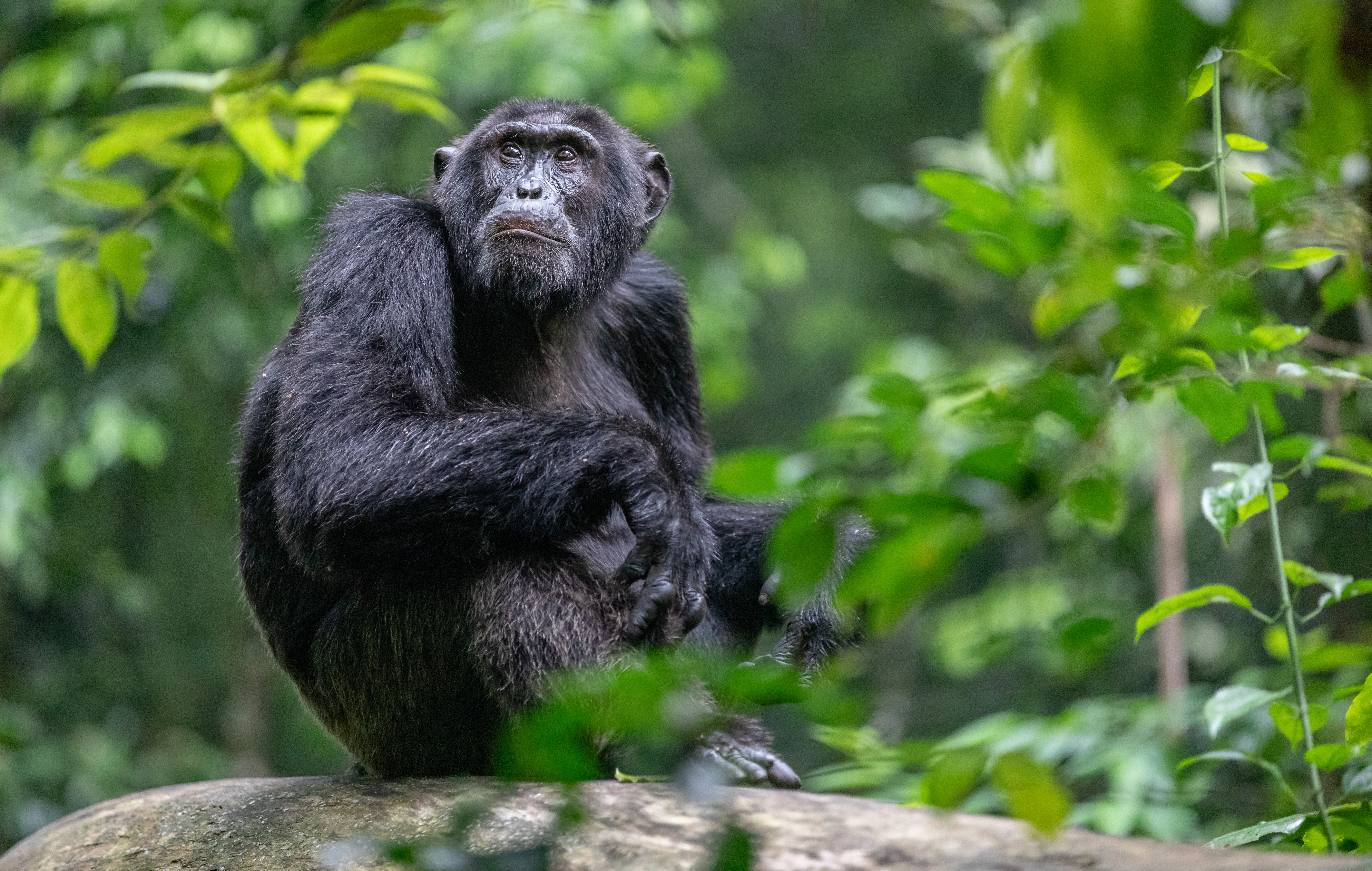BBC's Green Planet brings plants to life with state-of-the-art timelapse technology
Discover how plants, move, grow and survive thanks to cutting edge technology in the latest BBC Earth documentary
Green Planet is the latest BBC Earth documentary to hit our TV screens. Narrated by David Attenborough, it takes viewers into the hidden world of plants as they battle for light, water and space to survive. Using state-of-the-art filmmaking technology, the Green Planet team has been able to document plant life in a previously unseen way thanks to advanced, intricate time-lapses.
Shot from the perspective of plants, entirely new camera systems had to be developed in order to capture their movement and transport viewers into their world. Plants move slowly in comparison to animals and the human eye can’t detect it. To do, so you need special, purpose-built, cameras that are capable of shooting slow-motion time-lapses, revealing the hidden wonders of the plant world.
• Read more: Best timelapse cameras
In order to showcase the life of plants in a way that hadn’t been seen before, the Green Planet team enlisted the help of time-lapse experts Chris Field and Tim Shepherd who combined have over 50 years of experience in their field.
The camera rig used to film the slow-motion time-lapses in Green Planet is known as the Triffid. It was developed by a US ex-military engineer called Chris Field who has spent the last decade building elaborate, motion-controlled time-lapse cameras that can capture plants in a similar way to how we capture animals. These robot-controlled rigs are programmed to record drone-style footage at time-lapse speed.

One of the challenges the Green Planet team faced was taking the rig Tim Sheperd's studio in Devon to some of the most extreme environments in the world while still capturing incredibly dynamic shots. Plants grow at different speeds and not necessarily in the direction you’d expect, trees and other plant life can get in the way of the rig and shooting is weather dependent too - a drop of rain on the lens could ruin the whole shoot.
Assistant Producer Louis Rummer-Downing and camera operator Oliver Mueller took the Triffid on its first "real life" outing to the Costa Rican rainforest where they were tasked with filming the journey of leaf cutter ants. The camera rig took three days to set up, had to be moved three times to cover the entire route and in total over 7,000 camera positions were used. This one scene took over a month to film and while the outcome is jaw-droppingly good filming this style of footage it certainly isn't for the fainthearted.
Get the Digital Camera World Newsletter
The best camera deals, reviews, product advice, and unmissable photography news, direct to your inbox!
This new technology might not be the quickest or easiest filmmaking method but the end result is extraordinary. Moving, slow-motion time-lapses may change how we think of plants and will help to document the clever and instinctive ways they survive for years to come. If you haven't already, you can watch Green Planet over on BBC iPlayer.
Read more:
Best camera for video
Best cameras for wildlife photography
Best camera sliders for video
Best VPN service

Having studied Journalism and Public Relations at the University of the West of England Hannah developed a love for photography through a module on photojournalism. She specializes in Portrait, Fashion and lifestyle photography but has more recently branched out in the world of stylized product photography. Hannah spent three years working at Wex Photo Video as a Senior Sales Assistant, using her experience and knowledge of cameras to help people buy the equipment that is right for them. With eight years experience working with studio lighting, Hannah has run many successful workshops teaching people how to use different lighting setups.
